Moving Water from the Playground
Playground drainage is a critical part of keeping playground equipment and surfacing in proper working order, safe and usable. When purchasing a new car, it looks and runs great for a while, but if the oil is never changed and if the windows are left open when it rains, the car may continue to look good on the outside, but the interior and what’s under the hood will be damaged causing the engine to fail and the car to wear prematurely.
This is similar to what happens to a playground when there is water in a pit with no accommodations made for getting it out. Water needs to be controlled by keeping it out of the pit altogether or planning a way to move the water out of the surfacing area when it does get in.
Standing water will cause the resilient surfacing and play equipment to age and deteriorate prematurely. The structural integrity of the concrete footings will be compromised, rust will begin to shorten the life of any metal in the surfacing, molds and mildews will grow, and the surfacing will not have the impact attenuation that it is designed to have. The life of the investment is shortened and the play area may become unusable.
There are four issues involved with playground drainage:
- Environmental factors
- Problems related to standing water in the play area
- Types of drainage for playgrounds
- Construction considerations
Environmental Factors Affecting Drainage
There are many environmental factors that affect drainage. Five of the most common encountered by playground builders are:
- Topography shows the graphic representation of the play area illustrating the elevations and their relationship to other features at the site, such as buildings, sidewalks, etc. Topography tells how much slope is in the play area and the direction of the slope. This allows the builder to determine if there is enough slope to safely move water away from and out of the play area or if there is too much slope, which causes loose-fill surfacing materials to gravitate to the lower end of the play area.
- Water Table indicates the high water areas, locations of ditches or streams, and the presence of water due to wetlands.
- Soil Conditions determine the types of soil in the play area, such as clay, coarse gravel, sand, or silt. If the type of soil is unknown, a professional such as a civil engineer may need to be called in. If the sub-base is coarse gravel, extra drainage may not be necessary. If the soil doesn’t allow water to pass through easily, a drainage system may be needed.
- Location of the play pit in proximity to other structures must be considered. For example, a gutter or lack of a gutter that causes run-off from a building to flow into the play pit must be remedied. Also, sprinklers that keep a play area constantly wet will cause problems with drainage.
- Type of Safety Surfacing dictates the drainage system needed. Loose-fill surfacing needs vary greatly from unitary surfacing requirements.
Best case scenario, the drainage for a surrounding area keeps water out of the playground altogether. If water is going into the play area and continues to stay, a system for moving the water out of the playground area must be designed. Just like streams and rivers, water will flow to the lowest point. The job of playground designers and owners is to control it by intentionally helping it move to the lowest point and away from or out of the playground.
Problems Related to Standing Water in Playgrounds
Over time, small and seemly insignificant durations of standing water can cause bacteria growth, such as mold. Standing water attracts and harbors unwanted insects like mosquitoes. Also, the constant freezing and thawing of standing water in a play area will lift and deform unitary materials causing them to lose their resiliency and compliance.
Providing a safe play area includes replacing lost or displaced loose-fill materials. If those materials are continuously under water, they lose their fall-height rating, become displaced, and cause other surfacing problems. In standing water, concrete footers can become compromised, and the possibility of footing failure is more than just possible, it’s probable. All these seemingly insignificant things in and of themselves may not cause a playground owner to react with great alarm, however, added up over time, the continued neglect of these issues makes for an unsafe play area, which is a cause for alarm.
Types of Drainage for Playgrounds
There are several types of drainage for playgrounds that work in varying situations. Since there is not a single drainage remedy that works in all situations, the correct drainage system must be determined.
Simple sump – The idea of a simple sump is to encourage the water to stay well below sub-grade. And, even though the water stays “in the pit,” it is drained below footers, surfacing, and support posts, and, therefore, doesn’t affect the structural integrity. The simple sump requires a site that has a 1% to 2% slope across the area. At the low end a pit is dug deep enough for water run-off to accumulate during high run-off or a big rain storm. The pit is lined with geotextile material and filled with 1” to 5” of clean drain rock up to sub-grade, making sure that the surfacing depth is not compromised. The pit is then covered with more fabric to complete the job.
Sump pump – An electrical pump for removing water from the play pit is more costly than a simple sump. Sump pumps are used in climates and locations that require a more aggressive approach to drainage. Play areas located near a stream or canal or that have detention basins placed near them may require a sump pump. Also, for areas where seasonal high water is expected and for climates that get lots of rain continuously like the Oregon coast, sump pumps may be considered the norm.
French drain – Ideally, a French drain is designed to keep water out of the pit to begin with. A French drain uses a pre-fabricated perforated pipe that is covered with geotextile material to keep out small particles like silt. Then the pipe is buried in a gravel bed. The pipe, depending on the specifications or design by the engineer or architect, would ideally run along the perimeter of the play area and then connect to an existing storm drain or detention basin. An alternative approach is to run a French drain out of the retaining wall or direct it into a sump pit.
Special Considerations for Unitary Surfacing
When unitary rubber tiles or pour-in-place surfacing are installed, a drain grate or a channel drain is commonly used for evacuation of surface water with the channel at slope underneath sub-grade. Drain grates are made of fiberglass, plastic, steel, or aluminum. They are installed parallel and in regular measurements throughout the pit. Water enters the grate and is then allowed to flow to the exterior drain system.
Construction Considerations
Of all the considerations for drainage, the most important is this: drainage should not be put in the path of the concrete footers. Pictured here are examples of what should NOT be done when it comes to drainage.

In this picture (above) the architect actually designed the playground pit to have a two by three foot drainage channel going through the middle of the playground. All playground manufacturers have specific directions for how deep, how wide, and how much concrete is required for every hole. Clearly, the architect’s idea of removing water from the play area was a bad idea as it conflicted with the manufacturer’s specification for building a structurally sound playground.

On this playground the site specifications called for the playground area to be the drainage bed for the entire school. Often builders deal with difficult ground conditions when building playgrounds, such as hard pan, river rock, caliche, lava rock, gumbo, frozen ground, muddy conditions, and snow. However, on build day these builders found 12 inch-sized drainage rock at a depth of 7 feet had been placed in the play pit intentionally when they arrived. Big earth moving equipment had to be used to haul out the “boulders,” and construction of the playground was delayed by several days.

This picture shows new construction of a site where drainage gravel was installed prior to the playground. The gravel had to be moved back to provide work space for the play equipment installation. It took time to remove the existing gravel and increased the chance of the drainage gravel being contaminated with footer dirt during construction. It would have been better to install this drainage after the equipment was in place. Here again, if drainage gravel covers the entire play area, the specified footer depth may be compromised.
An even better solution to putting loose-fill drainage throughout the entire play area is to use the 6 foot use zone as the “drainage” area so the footer depth is in compliance with the manufacturer’s specification.
Final Thoughts
Consider the philosophy of the 5 Ps: Prior Planning Prevents Poor Performance. It is more cost effective and the best business practice to plan ahead and make good decisions about all the elements of a playground build. For equipment and surfacing to perform their best, proper drainage must be given serious thought and the best plan needs to be implemented.

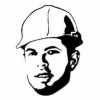
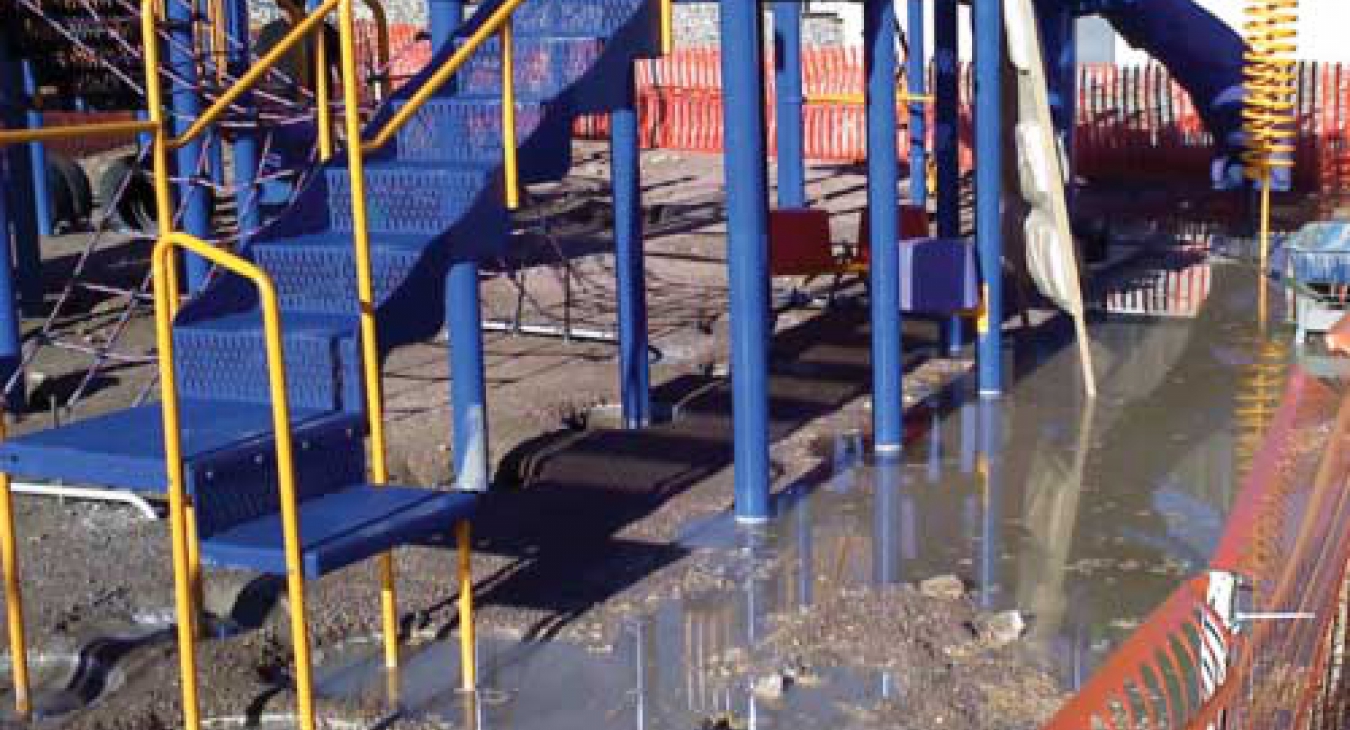
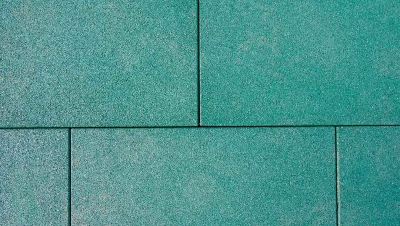
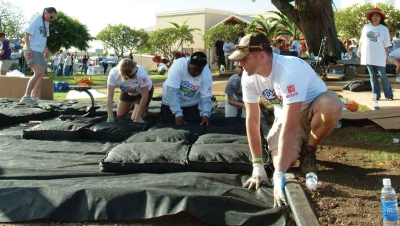
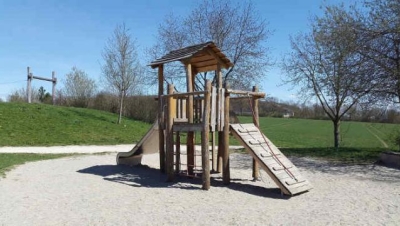







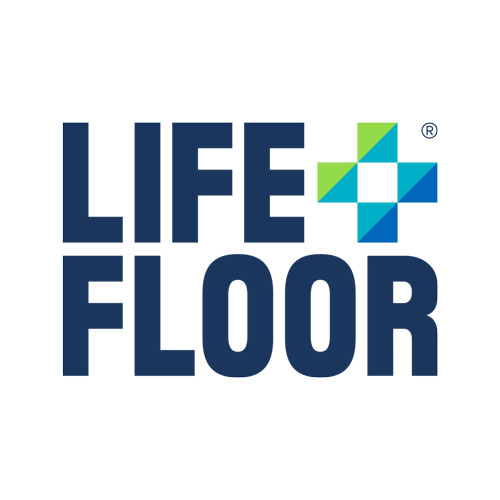
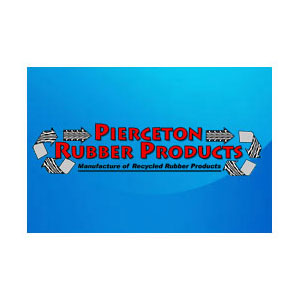
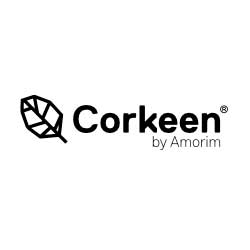
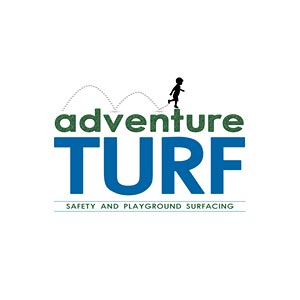

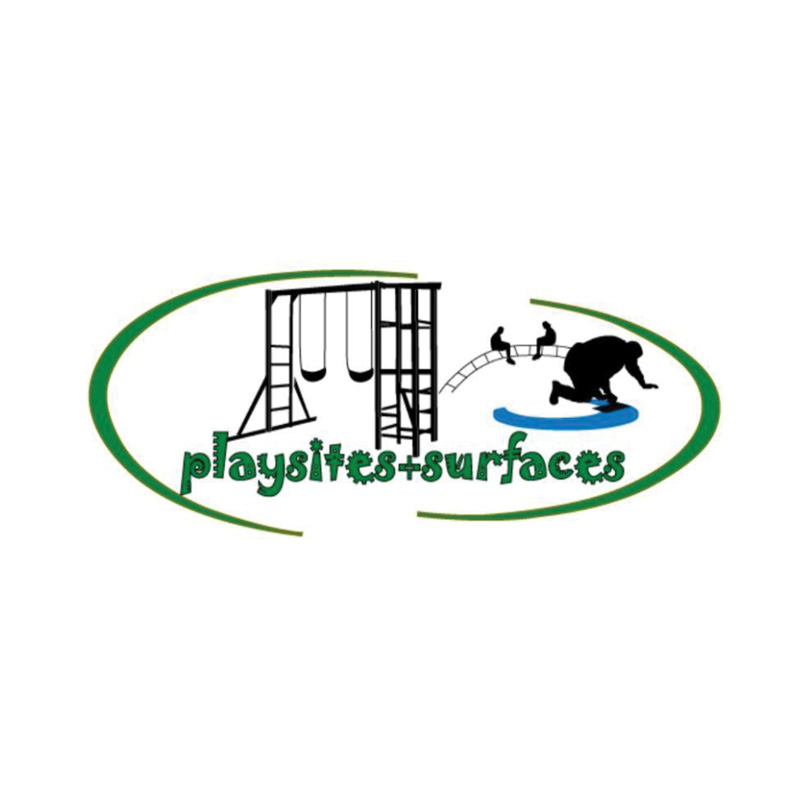

I was looking for this.
I was looking for this. Thanks a lot.
How to cut the cost of providing drainage
Better than installing stones (and often, PVC perforated pipes) is to use a FibarSystem 300, which comes with FibarFelt® geotextile fabric and FibarDrain® drainage matrix.
Proven in thousands of playgrounds nationwide, this System provides drainage at less than half the cost of stones and pipes. Documentation and drawings available at www.Fibar.com/playgrounds. Thank you for an excellent and useful article.
New Playground Installment on Concrete
Need drainage solution
Add new comment